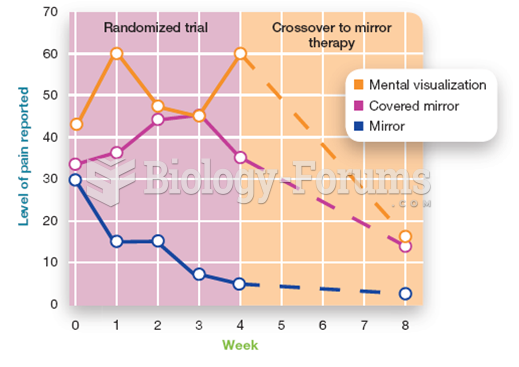Answer to Question 1
Identify and explain four of the eight original basic steps of Reality Therapy as written by William Glasser. What is the purpose of each step? What is included? How will the leader know when it is completed?
Answers will vary. See pages 331-332 for the eight steps and descriptions
4. Discuss the potential limitation of Person-Centered group therapy as well as its strengths. Why do you think it is not as popular as it once was?
Strengths of a person-centered group include enhancement of the whole individual, emphasis on the group leader, improvement of personal communication skills, empirically researched outcomes, and influence on other educational models
Limitations are the possible dangerousness of encounter groups for certain individuals, the method of choosing members and leaders, the possibility of little productivity, and the fad history of the movement
These groups may not be as popular as they once were due to the lack of reliance of techniques and the over-emphasis on the personhood of the facilitator
Answer to Question 2
Discuss the potential limitation of Person-Centered group therapy as well as its strengths. Why do you think it is not as popular as it once was?
Strengths of a person-centered group include enhancement of the whole individual, emphasis on the group leader, improvement of personal communication skills, empirically researched outcomes, and influence on other educational models
Limitations are the possible dangerousness of encounter groups for certain individuals, the method of choosing members and leaders, the possibility of little productivity, and the fad history of the movement
These groups may not be as popular as they once were due to the lack of reliance of techniques and the over-emphasis on the personhood of the facilitator







